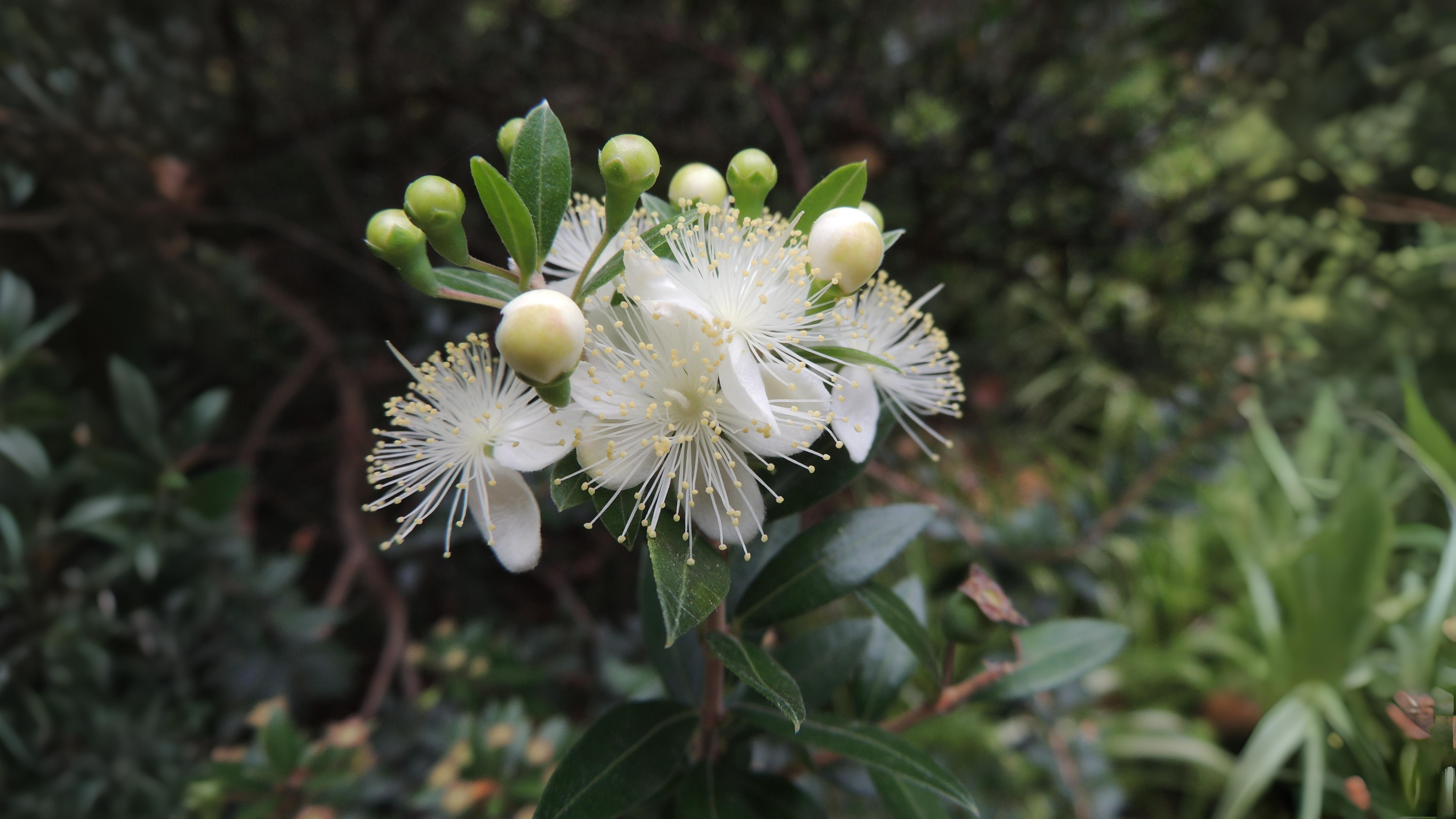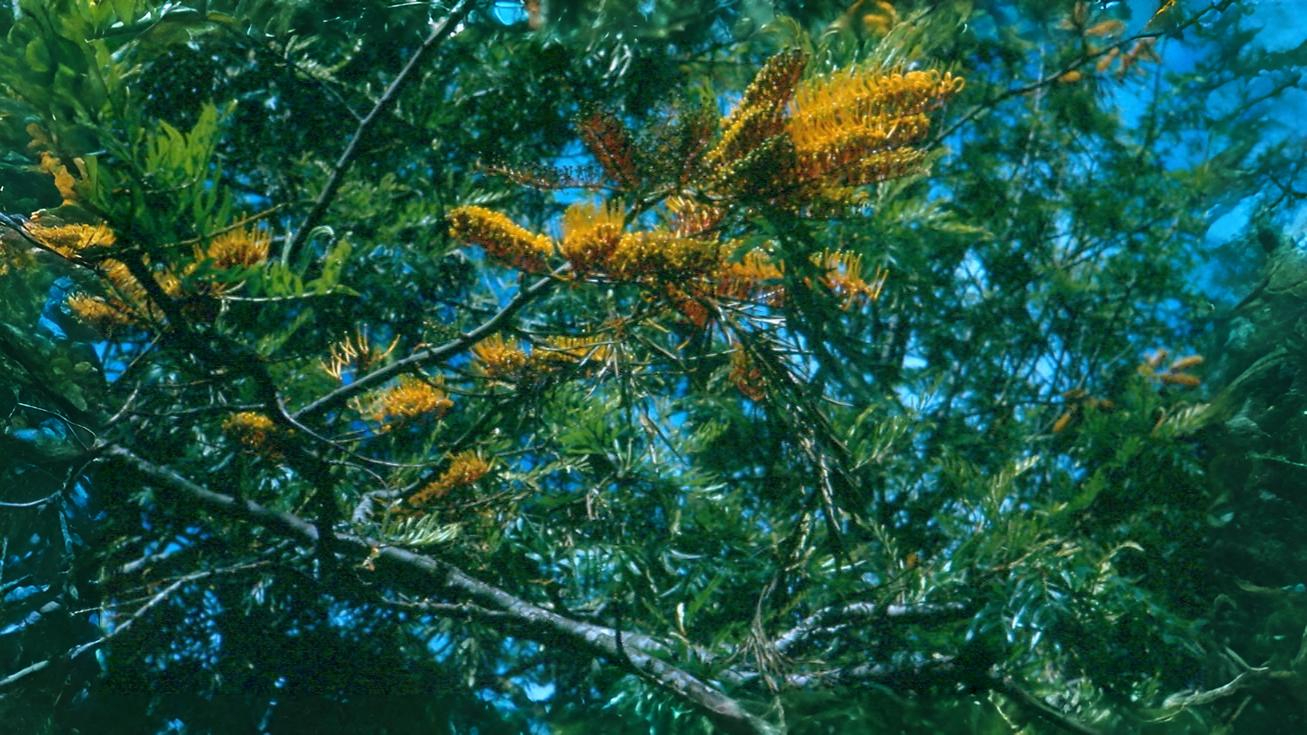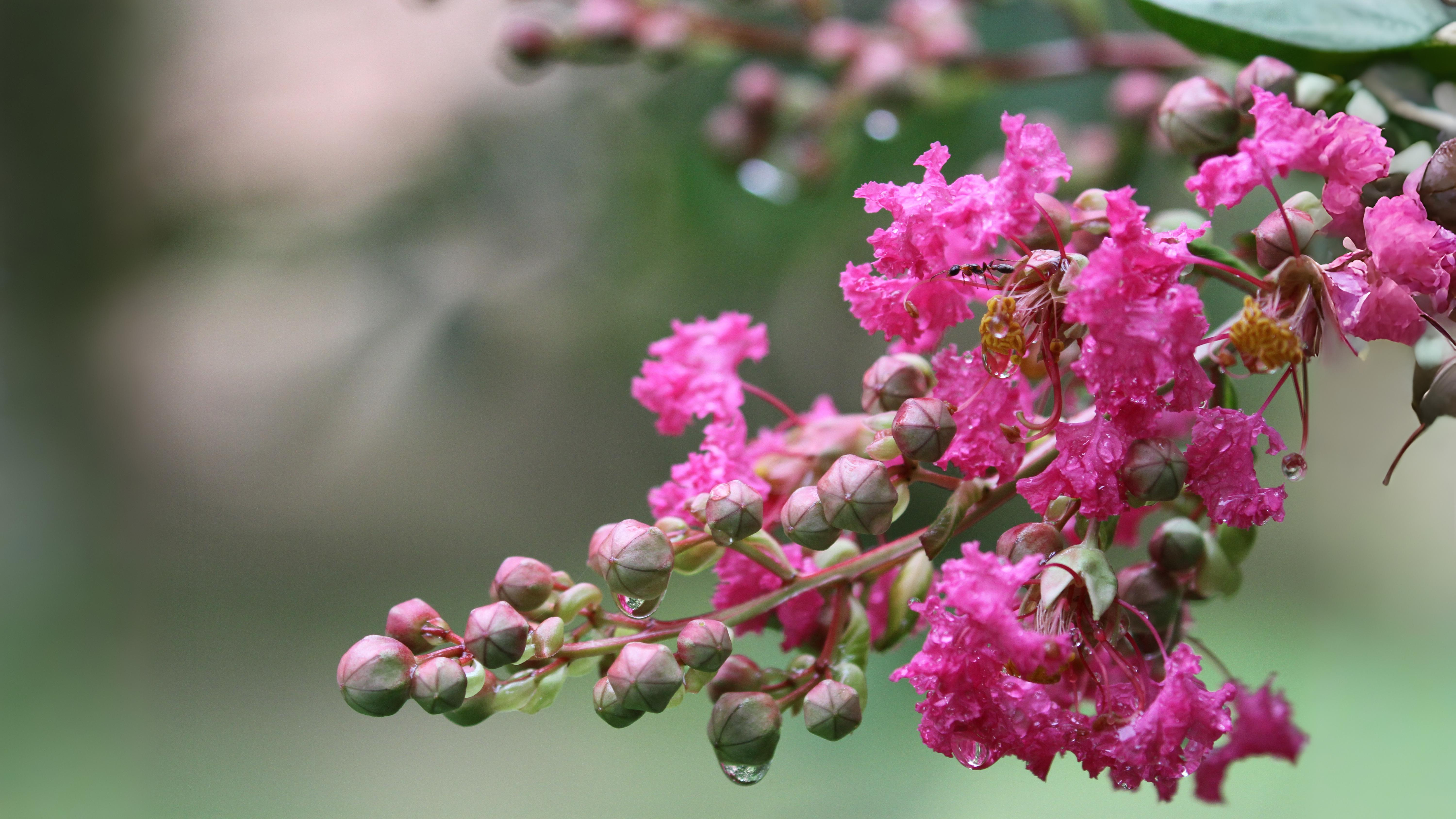
Return on September 24th to discover shrubs and trees alive with history, legend, and colour!
There are also very few colourful flowers to be seen among our wild shrubs. It is all berries with hawthorn, roses and elder and all colourful leaves with spindle and guilder rose. There is only the ever reliable gorse and one or two unwelcome invaders such as Russian vine and Japanese knotweed. Flowers on trees are not really expected in September but there are a small number of exceptions.
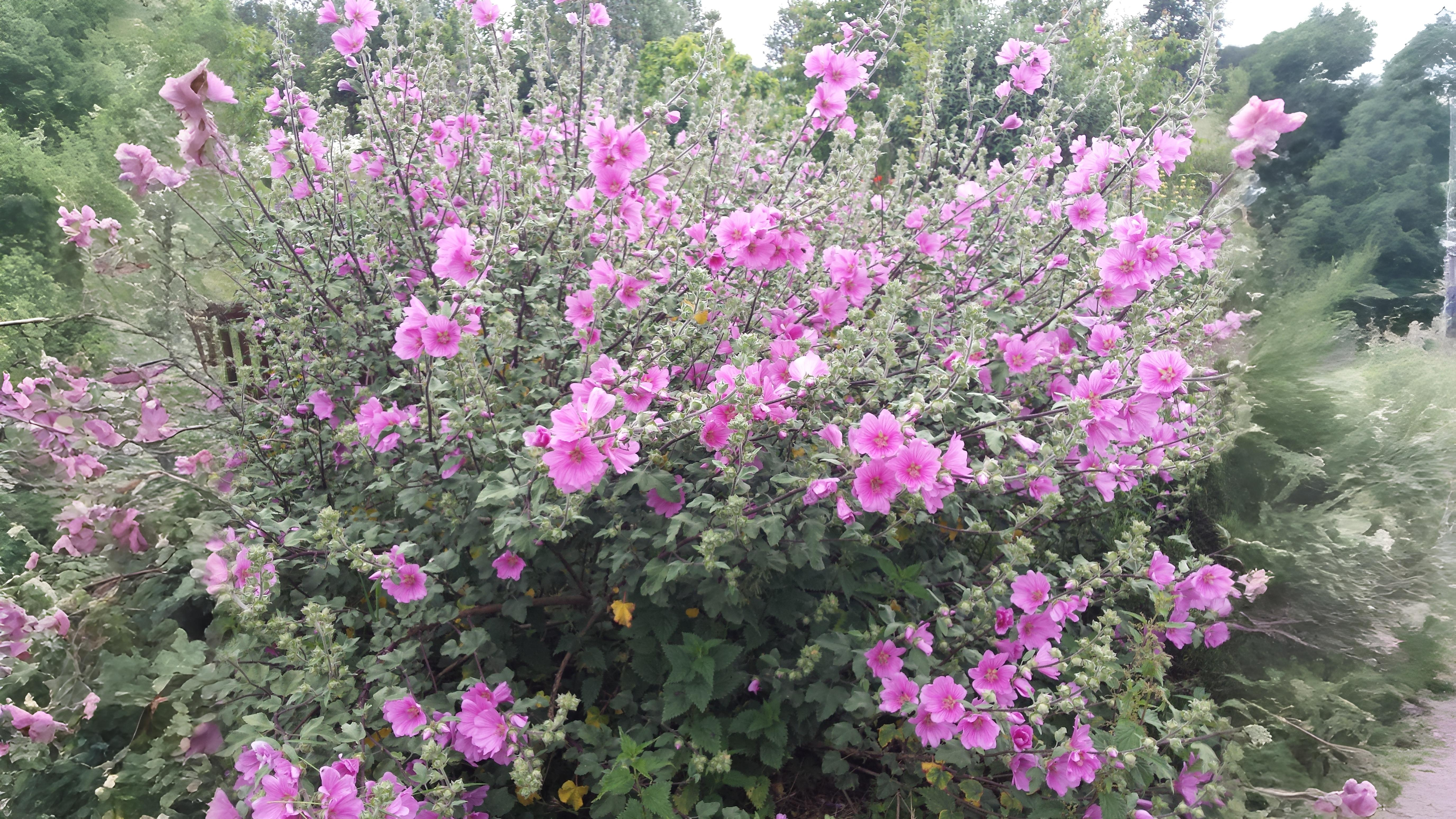



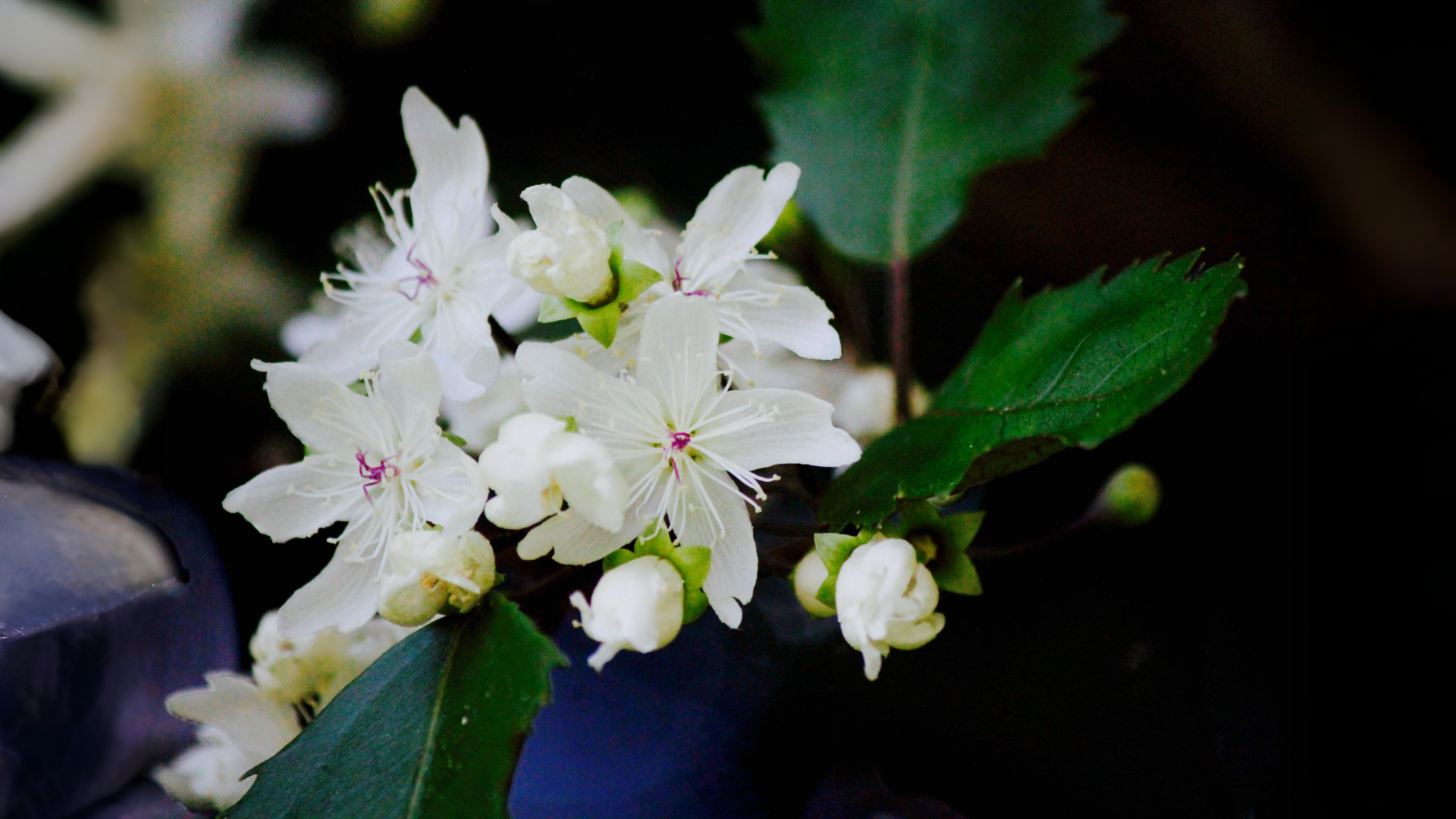

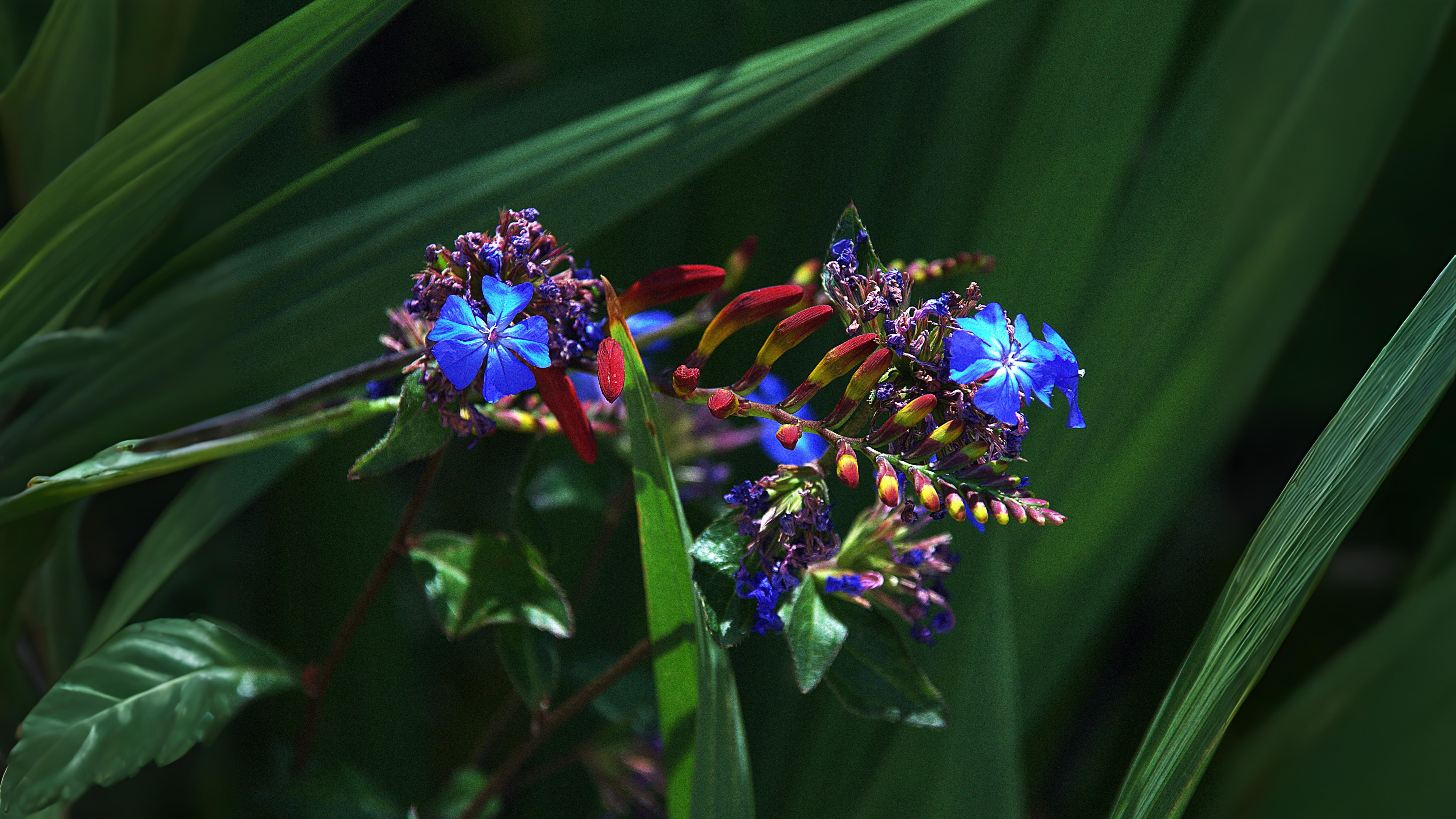

Many other shrubs have even richer histories and provided great excitement for Londoners when they first arrived not too long ago. They often arrived here from all over the temperate world via sailors, missionaries and plant hunters. Many an intrepid plant hunter had more than their fair share of problems getting their seeds or plants home. Alan Cunningham, who died in Sydney botanic garden in 1839, has been called a martyr to botanical exploration. His brother Robert, whilst looking for new plants in Australia, got lost but luckily was found by aborigines. Unfortunately, when he became delirious, they took fright and killed him.
